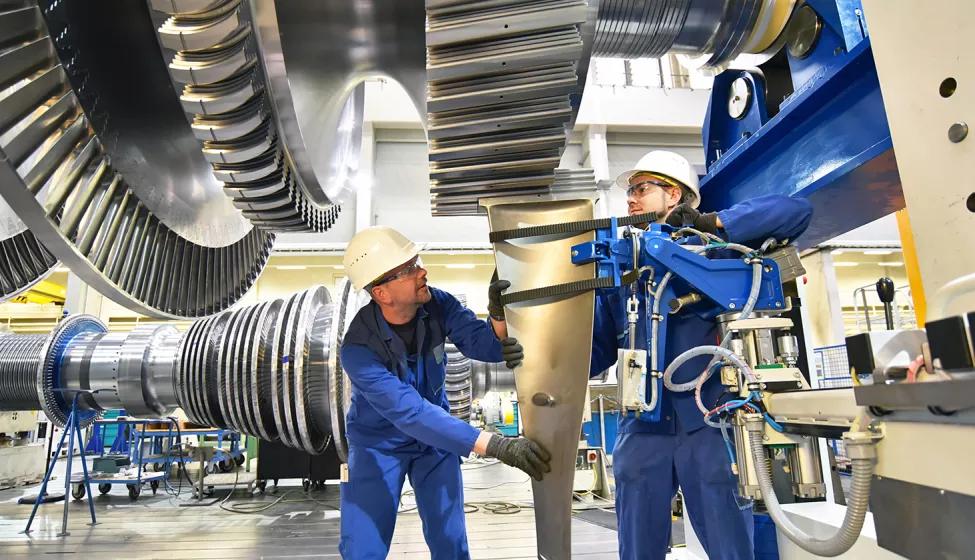March 2, 2020
The recent coronavirus (COVID-19) outbreak and the ongoing US-China trade war have fueled an ever-increasing number of discussions on supply-chain diversification to manage the risk of business interruptions. Manufacturers and suppliers frequently face suspension of manufacturing lines from major failures of critical equipment, natural disasters, poor training, and incomplete technology transfer.
Under these circumstances, the shutdown and recovering of manufacturing lines could lead to variations in the manufacturing process. As a result, the throughput and quality of products are directly impacted in the short run, followed by latent reliability issues and systemic defects that only become apparent in the long run.
Variations may arise in empirical equipment or process parameters, the training of line operators, the quality of raw materials, and general quality control. Many of these problems are also encountered when transferring from one manufacturer to another or, alternatively, when adding additional manufacturing capacity. Thus, bringing up a manufacturing line, either from an interruption or with a newly engaged supplier has become a challenge that is often compounded by time and cost constraints.
There are six key contributing factors to successfully bringing up a manufacturing line. These factors, when addressed properly, have helped manufacturers save millions of dollars. They can be readily remembered using the acronym "SQUARE":
S — Standard Operating Procedure
Q — Quality Assurance
U — Users of Manufacturing Line
A — Audit
R — Reliability Assessment
E — Equipment Maintenance and Management
(S) Standard Operating Procedure
The standard operating procedure (SOP) is a key document that outlines the manufacturing process. A good SOP should standardize operational steps as much as possible to limit the risk of operational missteps that can have an adverse effect on the product.
After a manufacturing line transfer or line down event, new operators may be unfamiliar with the process. For this reason, the user-friendliness and clarity of the SOP largely dictates throughput and quality during the ramp-up period. Human factors and good design for manufacturability are important in this regard.
A good SOP should have a specific title, a consistent format, and operational details, limitations, and alerts. The main purpose of these is to prevent mix-ups or misunderstandings and set the limitations of applications.
(Q) Quality Assurance
Strict execution of quality assurance (QA) is highly recommended after a line transfer, since the end product may not be consistent with the original desired result. Following a line transfer, QA procedures should not be limited to process control and product quality but should include the incoming quality control for the suppliers, production environment, management policy, and policy enforcement as part of the consideration.
The staff responsible for QA at the new line should be familiar with the process and the key point of the process control. In addition, QA staff should build relationships with the line operators. The QA procedures are in place to assist operators with the common goal of minimizing failure rates and optimizing efficiency and yield.
(U) Users of Manufacturing Line
One of the biggest variables in line recovery or transfer is the users of the manufacturing process or the personnel associated with the supply chain.
Any changes to key personnel, including the process implementation engineer (PIE), quality inspector for non-standard or customized components, and reliability testers, all may affect the production capacity and quality significantly. Therefore, experience and knowledge transfer become more important than ever. We encourage direct communication and shadowing exercises between the old and new teams or establishing a technical liaison to ensure a seamless transition.
(A) Audit
Although an SOP document can be readily transferred, a new supplier or operating crew may use different infrastructure or equipment allocations or have different cultural values and skill sets compared to the original one. Thus, auditing the production capacity, consistency, and quality of a secondary material source is important before making a decision.
We recommend physical, on-site examination of the manufacturing process to ensure equipment is operating as designed and to observe operations firsthand, rather than just document review and simple site visits. It is very important to have an unbiased, experienced individual who understands the potential failure mechanisms of a product to ask the right questions during the audit.
In addition, we strongly encourage interviewing the staff, managers, and executives to ensure the product is being manufactured in a rigorous and meticulous culture. For example, we are aware of certain suppliers with well-organized quality inspection reports who obviously do not follow the corresponding systems on the manufacturing line, as evidenced from inspection of actual products. It is possible that the quality culture has not been properly communicated, or this may be a result of poor staff training.
(R) Reliability Assessment
After the line recovers/transfers, the long-term reliability and latent failure mechanisms may be different from the original desired outcome. Hence, close monitoring of reliability performance is essential. However, the equipment for reliability testing and the test operators may also be different from the original line, so the testing results may be affected significantly, even for the same batch of samples.
There are myriad variations that may result in invalidating the test data at the new line. Some general precautions include calibrating the testing equipment, assessing testing equivalence (if the equipment setup on the new line is different), training new test operators to perform similar test manipulation, performing dry run assessment after the recovery/transfer, and closely monitoring ongoing reliability testing (ORT) with the process engineer and product designer.
(E) Equipment
The model for manufacturing equipment may be different after the line transfer. Even if the models are the same, working conditions may still vary. We recommend analyzing the differences between the equipment in two production lines to allow fine-tuning of process recipes.
It is important to note that fine-tuning recipes is more than a copy-and-paste exercise — changing a parameter on one machine may have a propagating downstream effect on the line. This practice should only be performed methodically and by knowledgeable individuals who not only understand the features of the equipment but also the role it plays in the entire manufacturing process, taking various environmental factors into account.
How Exponent Can Help
Exponent has been a reliable and productive collaborator for many consumer electronic and product manufacturers and companies in mainland China, Japan, Korea, Taiwan, India, and the Association of Southeast Asian Nations (ASEAN) countries, supporting various R&D, mass production, failure analysis, risk assessment, and supplier dispute resolution matters.
Exponent's team of Ph.D.-level industrial experts can quickly and seamlessly integrate with in-house teams to address clients' requirements and to provide valuable recommendations for their businesses.

